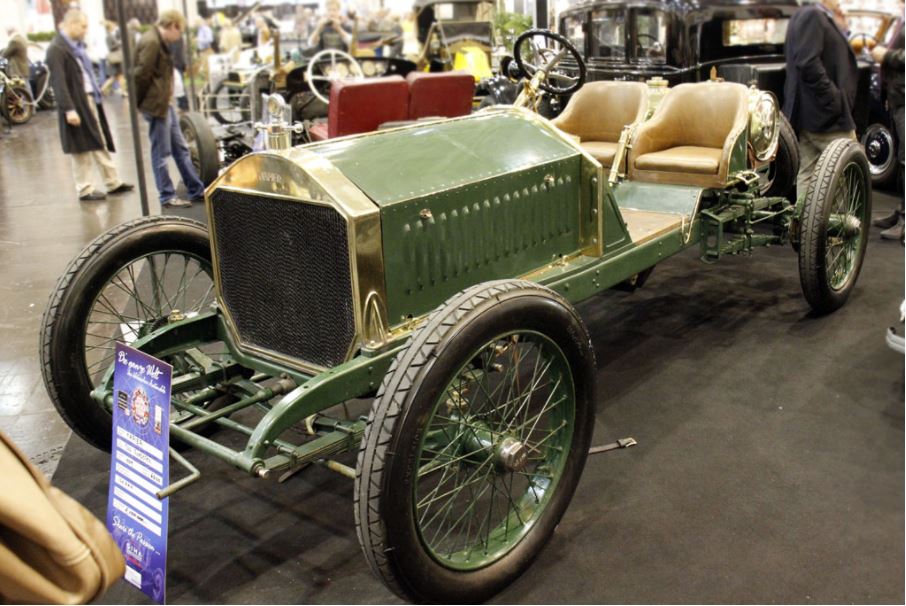Looking Into The History Of Napier Cars

There’s a lot of demand for car manufacturers to design the next best-selling vehicle. It requires a lot of creativity. Some manufacturers start off in one industry and then transition into another. This is the case with British marque D. Napier & Son. Originally, the company produced machinery for the financial, aeronautical and munitions sectors. At one point they started making luxury automobiles. We’re looking into the history of the business to see how successful it was.
Early years
David Napier, the son of the blacksmith to the Duke of Argyll, set up a firm in 1808 that became known as D. Napier & Son. Based in London, the company started manufacturing different machines, such as a steam-powered printing press. In 1847, Napier was joined by his son James. He took over as head of the company in 1867 and manufactured coin-making machinery. James was a brilliant engineer, but a poor salesman.His son Montague inherited the company in 1895 and he decided to take the business in a new direction. At the Bath Road Club he met the manager of Dunlop Rubber, S.F Edge. He convinced Napier to improve his Panhard. Napier fitted a 8 hp vertical twin engine of his own design, which impressed Edge.Napier collaborated with financer Harvey du Cross to make his own car. This inspired him to start building racing vehicles and Edge entered a 8 hp Napier into the Thousand Miles Trial of the Automobile Club. It completed a circuit from Newbury to Edinburgh, being one of only thirty-five finishers. Napier also achieved fame in 1904 by being the first car to cross the Canadian Rockies.
Company restructuring and ongoing success
In 1912, Napier and Edge had a dispute, which led to the company going public. During WW1, Napier produced military vehicles and up to 2000 trucks and ambulances were supplied to the War Office. Around this period, Napier created the popular W-block 12-cylinder Lion engine that was used in a number of cars and aircrafts.After the war, Napier started producing a lot of extravagant cars like the T75. It had a 6178 cc engine, Cunard coachwork and cost as much as the Rolls-Royce Silver Ghost. In the 1930s, Napier was outperformed by other companies who were introducing larger and more powerful engines. WW2 offered an opportunity to bounce back and they created the Sabre engine.The Sabre was very advanced, but proved difficult to adapt to assembly line production. It wasn’t ready until 1944. At the time, the Sabre was the most powerful engine in the world, delivering 3500 horsepower.During WW2, the company was taken over by English Electric. Today, the Napier name is a part of US rail company Wabtec


